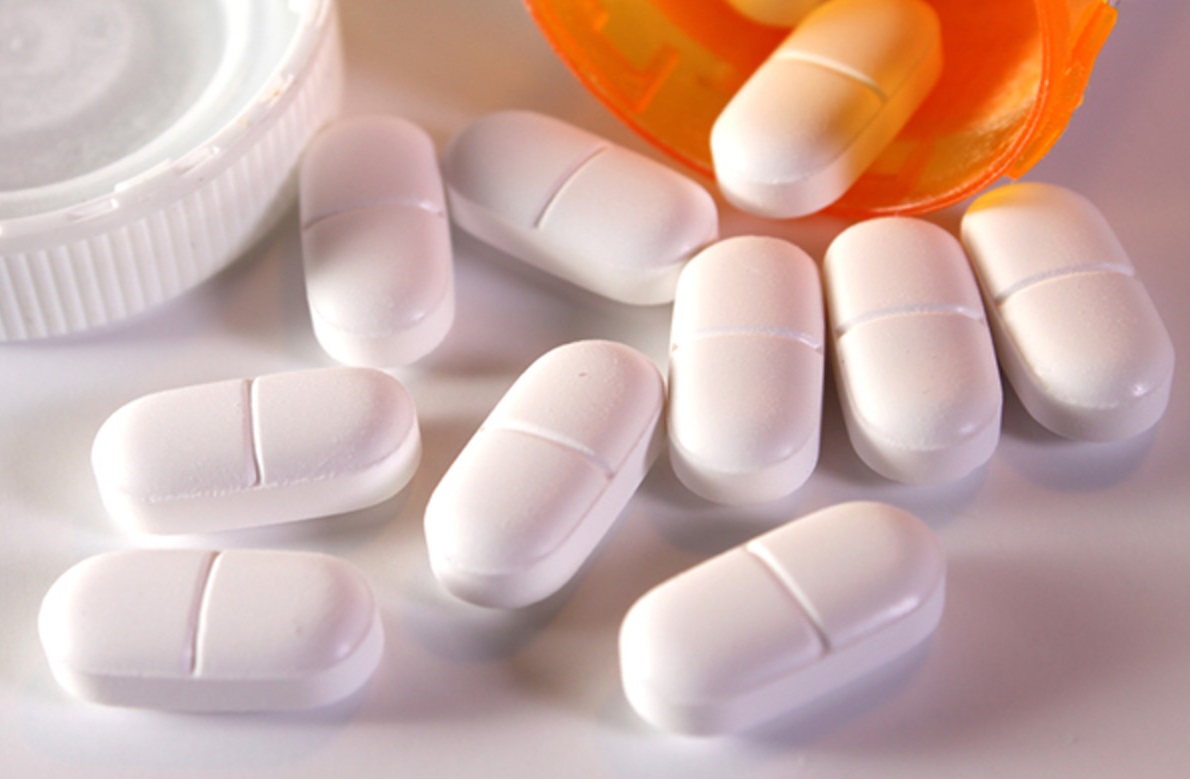Tylenol is what we automatically think of when we have headaches. Since it is easy to buy and easy to use, it is no surprise that Tylenol is the most popular medication brand used around the world. That said, this high popularity may come with a higher risk of using the drug wrongly. Let’s see what Tylenol is about and how to properly use it.
What is Tylenol?
Acetaminophen is the real name of the famous drug also known as Tylenol. It is a medication used to treat fever and pain. Tylenol is used when there are conditions like headaches, toothaches, backaches, osteoarthritis, menstrual periods, flu or cold aches and many others. Moreover, it is most commonly used to reduce fever and various types of headaches.
Pharmaceutical ingredient of Tylenol
The active ingredient used in Tylenol is pure “acetaminophen”. Many liver failure cases are from overtaking this drug. The patients who have to take pills containing acetaminophen should really be careful in order to avoid overdosing. According to the U.S. Food and Drug Administration (FDA), an overdose of acetaminophen is purposefully warned with a label of “severe liver failure”. Moreover, Acetaminophen is not anti-inflammatory and cannot be used to reduce swelling like ASA (acetylsalicylic acid), which is also known as aspirin.
How does Tylenol work?
Surprisingly, Tylenol is not going to work right after you took it. It has to enter your bloodstream and reach your brain after liquifying itself within your digestive system. Acetaminophen (APAP) will help stop your brain from releasing the feeling of pain. Acetaminophen is constituted of antipyretics, which will reduce fever and of analgesics, which will reduce pain. Therefore, it relieves minor aches and pains such as :
- colds
- a sore throat
- headaches
- migraines
- body or muscle aches
- toothaches
- menstrual cramps
- arthritis
- stomach disorders
- kidney problems
- high blood pressure.
How long does Tylenol take to kick in?
If you ingest Tylenol while your stomach is full (after eating a meal for example), it should take approximately 30 to 60 minutes in order to take effect. On the other side, if you take Tylenol when your stomach is empty, you can pretty much cut this time in half (15 to 20 minutes). Moreover, Tylenol lasts somewhere between 3 and 6 hours and its effects take about 4 to 6 hours to go away. That is why the adult standard average of a dose within a full day (24 hours) is of 1 dose per 4 hours.
How to give Tylenol to children?
If you are concerned about giving acetaminophen to a child younger than 2 years old, please ask the pharmacist or doctor’s permission first. For the children, Tylenol should normally take about 20 minutes to navigate between the bloodstream and the brain. You can give your little ones a dose of acetaminophen every 4 or 6 hours, as needed, but never give more than 5 doses within 24 hours. 10 to 15 mg per kilogram of body weight every 4-6 hours to a maximum of 60 to 65 mg per kilogram of body weight is what you should aim for.
How to properly take Tylenol?
For adults, a regular dose of Tylenol (325 mg) should be taken twice every 4-6 hours, or in other words, 2 tablets every 4-6 hours. An Extra-strength dose (500 mg.) should be limited to 2 caplets every 6 hours. If you have a good reason to take Tylenol or if you are not 100% sure about it, you should always consult a doctor or a pharmacist before taking any decision. This is even more true if:
- you are pregnant or about to give birth
- have a history/have precedents with alcoholism
- you were diagnosed with a liver disease
- you have acetaminophen allergies
- you have cirrhosis
It is important to note that, if you take Tylenol while being pregnant, acetaminophen could reach breast milk and harm the baby. You should carefully follow the prescribed directions by your doctor or pharmacist and the dosing directions on the medicine label. Finally, always keep Tylenol at room temperature, in a moisture and heat free environment.
What are the symptoms for a Tylenol overdose?
The primary symptoms that will happen if you overdose are appetite loss, throwing up, nausea, itching, diarrhea, cramps, tenderness in the abdomen and sweating. On much more rare occurrences, overdosing symptoms could vary between cloudy excreta, bloody excretion, fever (with or without chills) and back pain. We strongly recommend that you meet a professional at your nearby clinic or hospital, or call an ambulance if you have any of these symptoms after ingesting important doses of Tylenol.
Tylenol’s adverse reactions
Adverse effects can occur with all medicines, especially if you don’t use them as advised. Please, stop taking Tylenol and go see a doctor as soon as possible if you have the following reactions:
- red, blistering, or peeling skin
- hoarseness
- swallowing struggle
- dark urine
- appetite loss
- clay-colored excrement
- upper abdomen pain
- nausea
- jaundice
What you cannot take with Tylenol
The first and obvious thing to avoid before/after taking Tylenol is alcohol. Patients with alcoholic problems are more sensitive to Tylenol-induced liver failure.
In second place, you should avoid any drugs or substances. As acetaminophen is contained in more than 600 over-the-counter medications, you could overdose if you do not ask the doctor or pharmacist first.
Last but not least, the following ingredients found in some types of drugs could also be dangerous: Isoniazid (Nydrazid, Laniazid), Diflunisal (Dolobid), Carbamazepine (Tegretol), Warfarin (Coumadin), Phenytoin (Dilantin), and Phenobarbital (Luminal).




